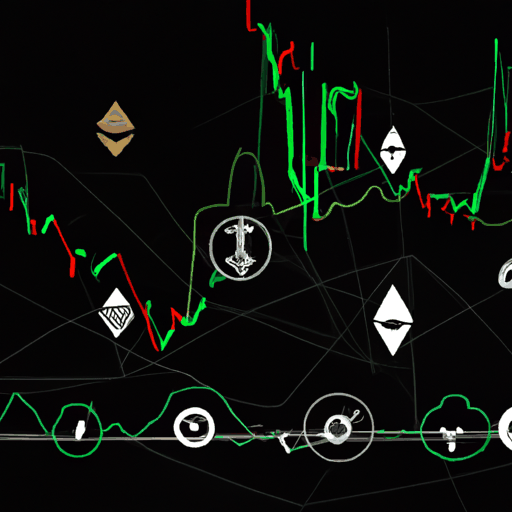
Bitcoin ETFs Experience Significant Outflows Amid Market Volatility
By: Eva Baxter
Bitcoin ETFs Experience Significant Outflows Amid Market Volatility
On August 5, Bitcoin (BTC) faced a major market downturn, experiencing a 7% drawdown and hitting a local bottom at $49,000 before recovering to around $54,000. This volatility led to significant outflows from Bitcoin ETFs, amounting to a total of $168.4 million. Major outflows were reported from Grayscale's GBTC ($69.1 million), ARK's ARKB ($69.0 million), and Fidelity's FBTC ($58.0 million). Notably, FBTC has now seen outflows for six consecutive trading days. However, Grayscale's smaller ETF, BTC, witnessed inflows of $21.8 million, and smaller inflows were also noted for Bitwise's BITB and Wisdom Tree's BTCW. Overall, the total inflows for Bitcoin ETFs now stand at $17.3 billion.
In contrast, Ethereum (ETH) ETFs showed an inflow of $48.8 million on the same day, with six out of nine ETF issuers reporting positive inflows. Despite this, Grayscale's ETHE ETF faced continued outflows, which were reduced to $46.8 million. As per the latest data, the total outflows for ETH ETFs have reached $462.4 million.
The day was also marked by significant global volatility, with the VIX index soaring above 60 and Bitcoin experiencing sharp price swings, rebounding to $55,000 by the end of the day. Bitcoin recorded $28 billion in spot volume, the highest since the FTX collapse in November 2022. Bybit led the exchanges with $7 billion in spot volume, followed by Coinbase, which saw its highest volume since Bitcoin's all-time high in March 2024.
The futures market also saw substantial activity, with a volume of $170 billion, reflecting levels comparable to Bitcoin's peak earlier this year. Meanwhile, futures open interest saw one of the largest declines in two years, dropping from 536,000 BTC to 492,000 BTC, indicating a significant reduction in leveraged positions due to market volatility.
Despite the complex market dynamics, some analysts believe that the recent downturn may have helped the market correct itself and achieve a more balanced state. Key metrics such as open interest divided by market cap have settled closer to 2%, which is historically considered a healthy level. This suggests that after the recent sharp fluctuations, the market may now be better positioned to avoid extreme movements in the near term.



